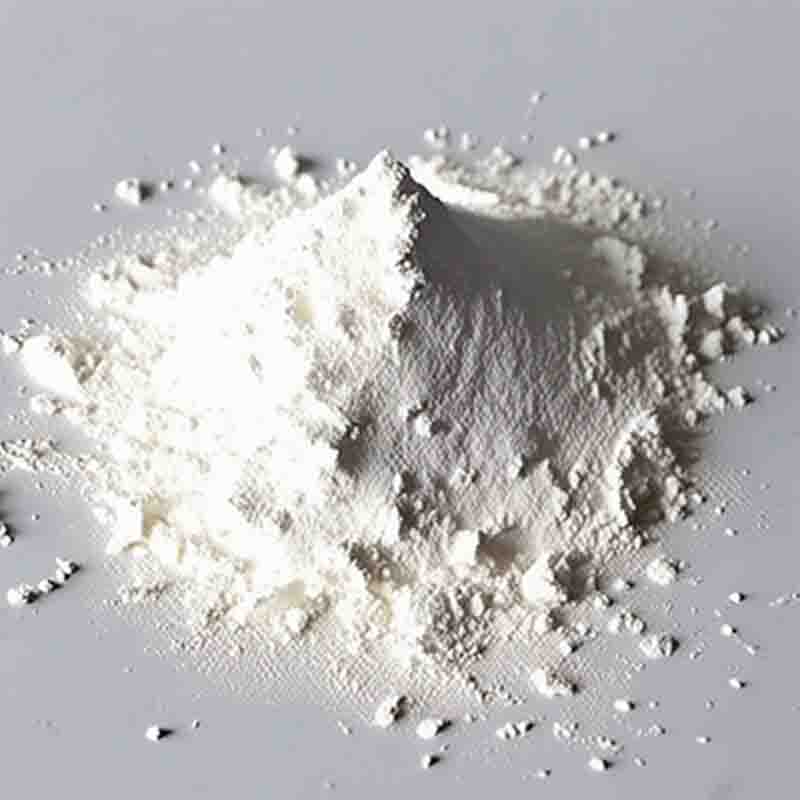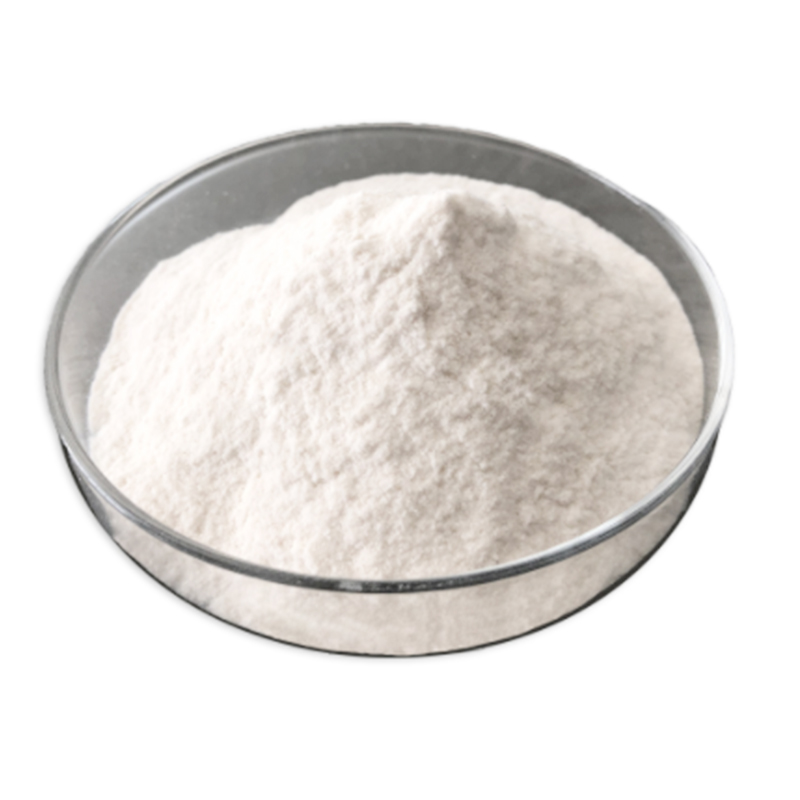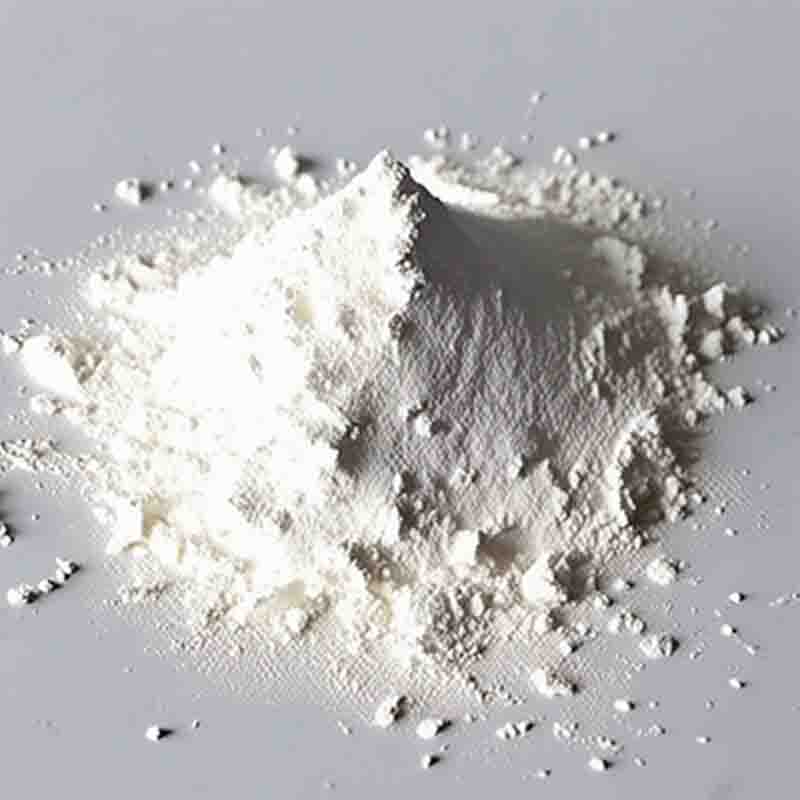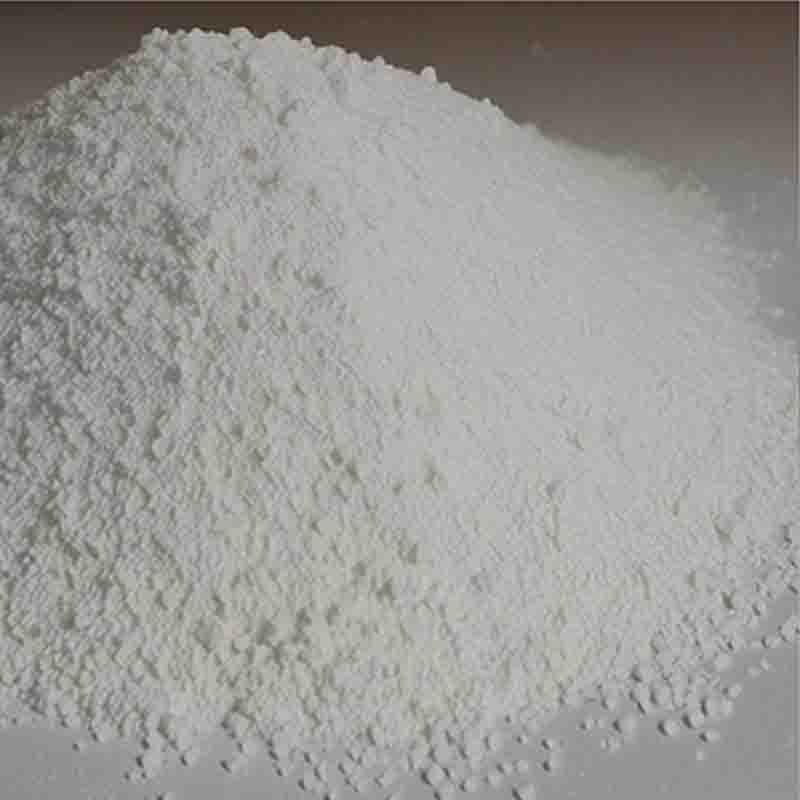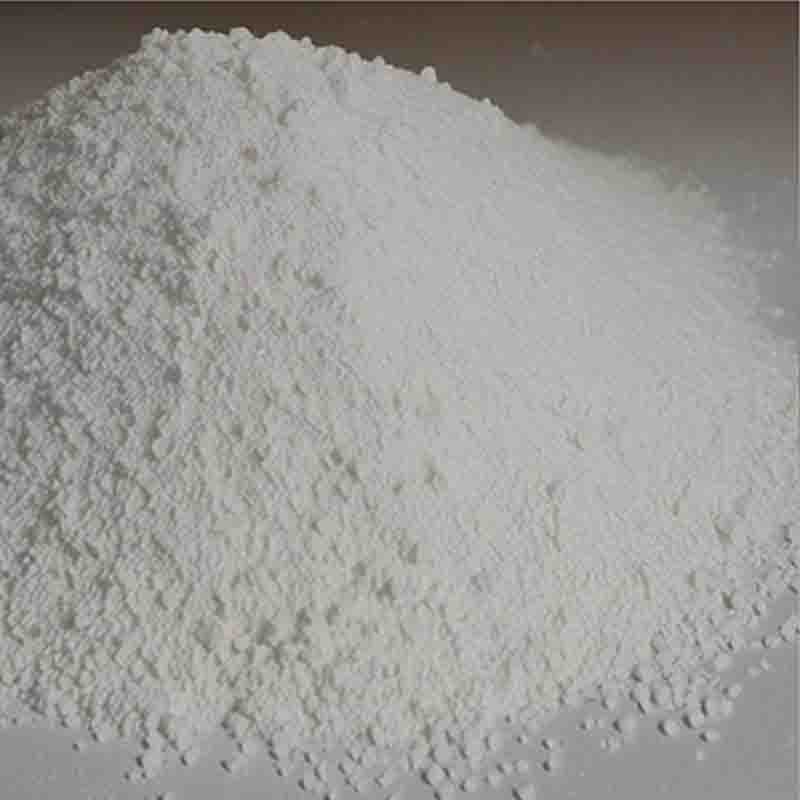(2R,3R,4R,5S,6S)-2-(acetoxymethyl)-6-(3-((5-(4-fluorophenyl)thiophen-2-yl)methyl)-4-methylphenyl)tetrahydro-2H-pyran-3,4,5-triyltriacetate CAS:866607-35-4
| Catalog Number | XD96336 |
| Product Name | (2R,3R,4R,5S,6S)-2-(acetoxymethyl)-6-(3-((5-(4-fluorophenyl)thiophen-2-yl)methyl)-4-methylphenyl)tetrahydro-2H-pyran-3,4,5-triyltriacetate |
| CAS | 866607-35-4 |
| Molecular Formula | C32H33FO9S |
| Molecular Weight | 612.66 |
| Storage Details | Ambient |
Product Specification
| Appearance | White powder |
| Assay | 99% min |
The compound you mentioned, (2R,3R,4R,5S,6S)-2-(acetoxymethyl)-6-(3-((5-(4-fluorophenyl)thiophen-2-yl)methyl)-4-methylphenyl)tetrahydro-2H-pyran-3,4,5-triyltriacetate, belongs to the class of organic compounds known as acetals. Acetals are derivatives of aldehydes and ketones and have various applications in organic synthesis and pharmaceuticals. Although there's limited specific information available on this particular compound, we can discuss the potential effects and implications of its structural features.The compound you mentioned consists of several distinct functional groups, including acetate, thiophene, and phenyl. Each of these groups can contribute to the compound's overall properties and potential effects.The acetate group, represented by the acetoxy (acetate ester) functional group, is often used as a protecting group in organic synthesis. In this context, it can temporarily mask or protect other functional groups from undesired reactions. However, it is important to note that the compound you mentioned is a specific chemical structure that may have unique properties and uses that go beyond the general application of acetate esters.The presence of the thiophene group, a heterocyclic aromatic compound containing a sulfur atom in its ring, can impart specific chemical and biological properties to the compound. Thiophene derivatives have been studied for their potential uses in various fields, including pharmaceuticals, with notable examples including anti-inflammatory and anti-cancer properties. However, the specific effects or implications related to the thiophene group in the compound you mentioned cannot be determined without further information.The phenyl group, represented by the 4-fluorophenyl moiety in the compound, is a common aromatic ring structure found in many organic compounds. Phenyl groups are known for their hydrophobic and lipophilic properties, which can influence interactions with biological structures, such as receptors or enzymes.Considering the complexity and specific structure of the compound you mentioned, it is challenging to predict its exact effects without more information or experimental data. Further investigation and studies would be necessary to determine the compound's pharmacological properties, potential applications, and effects on the human body.It is worth mentioning that the compound's complex structure suggests that it may have been synthesized or designed for a specific purpose, possibly in the field of organic synthesis, pharmaceuticals, or chemical research. However, more information is needed to provide a more accurate assessment of its potential effects or implications.


